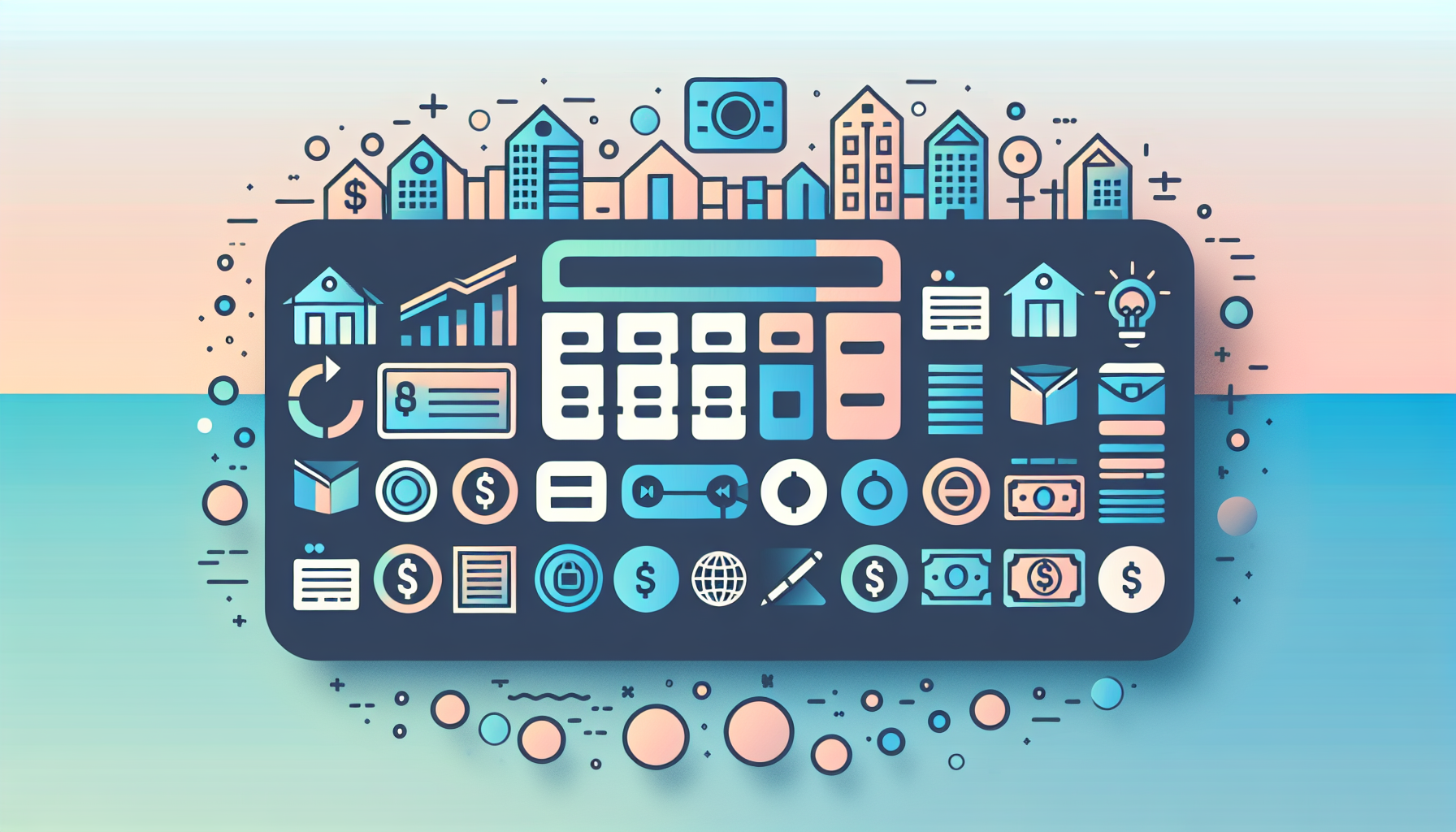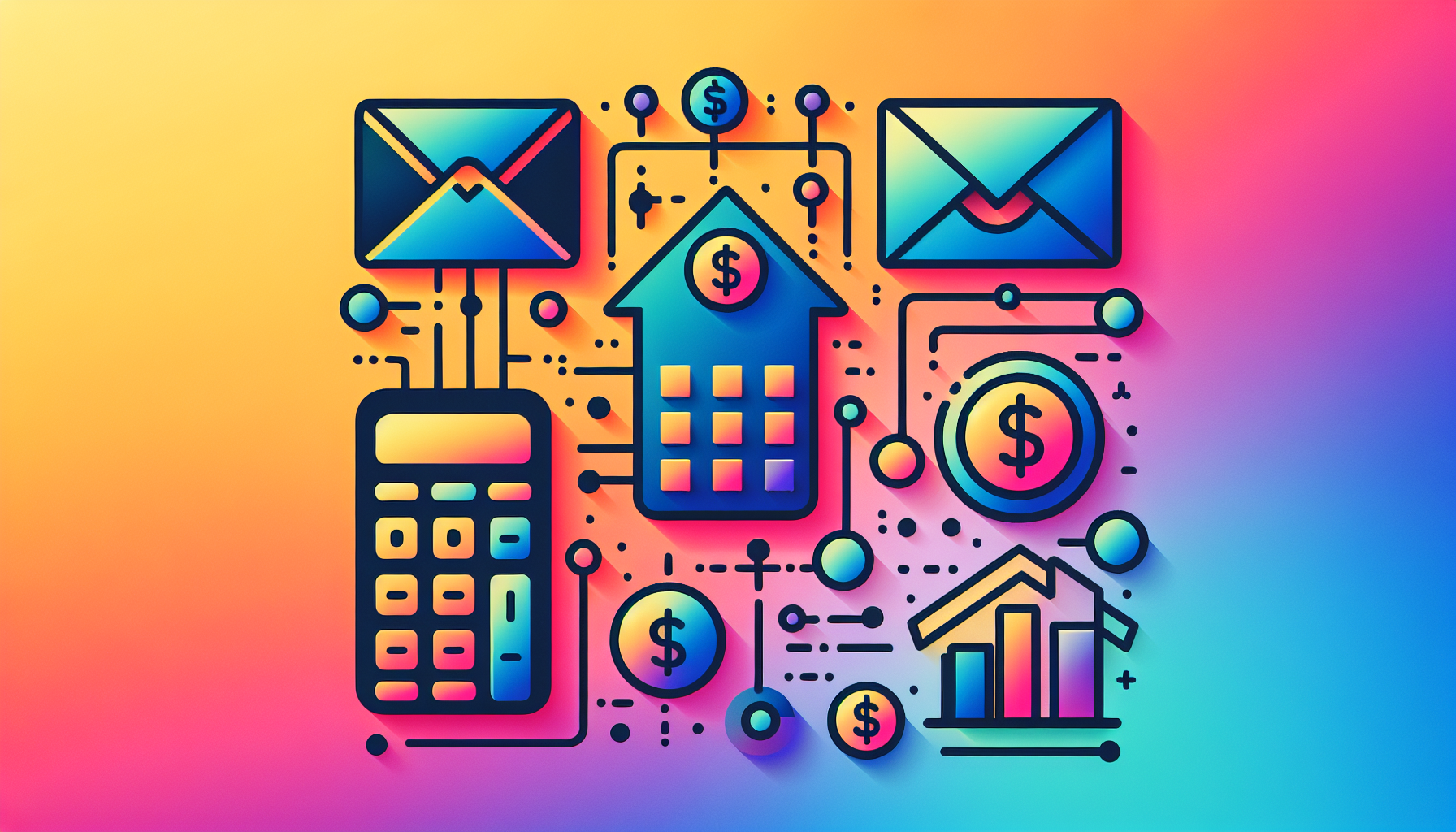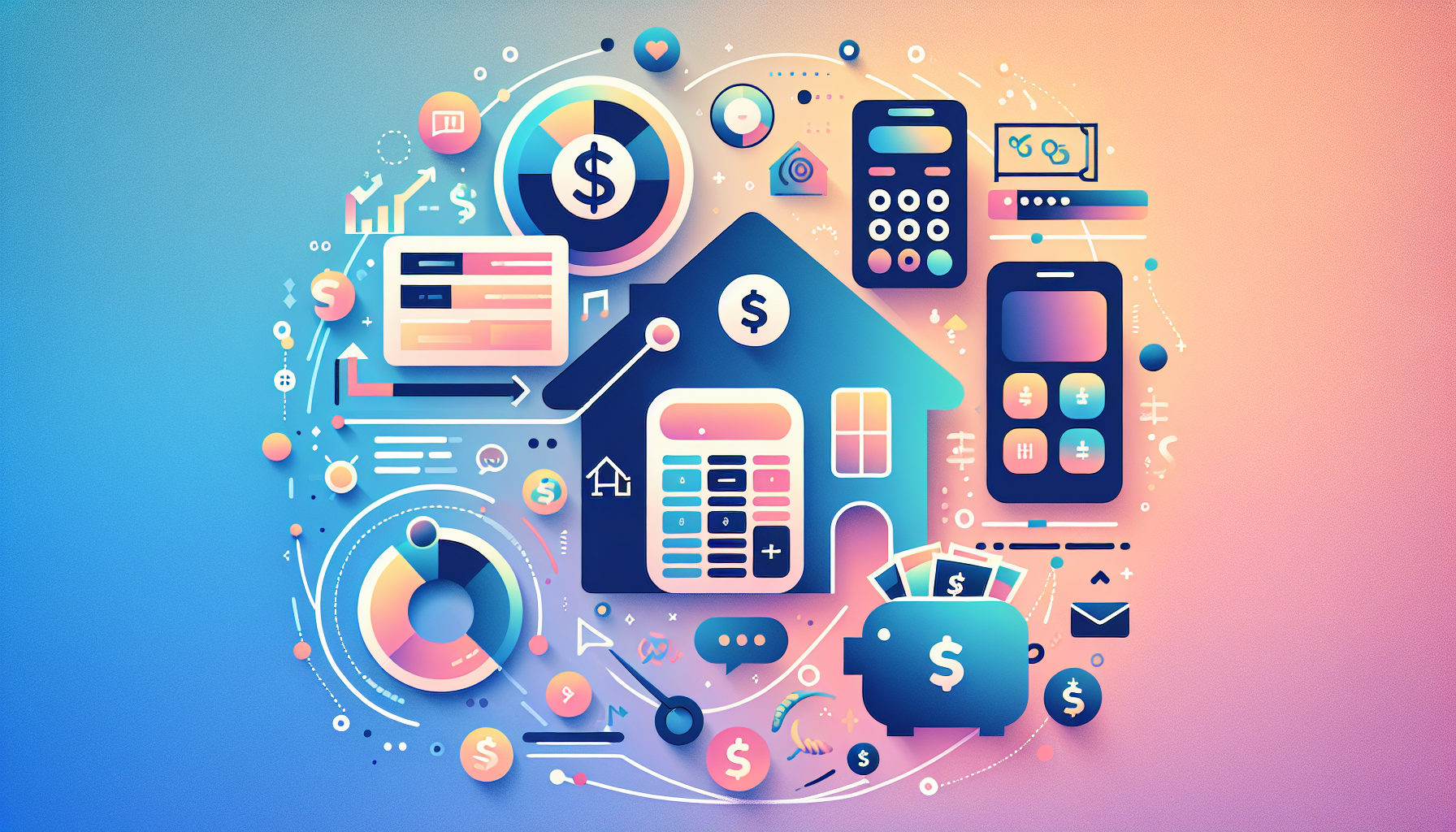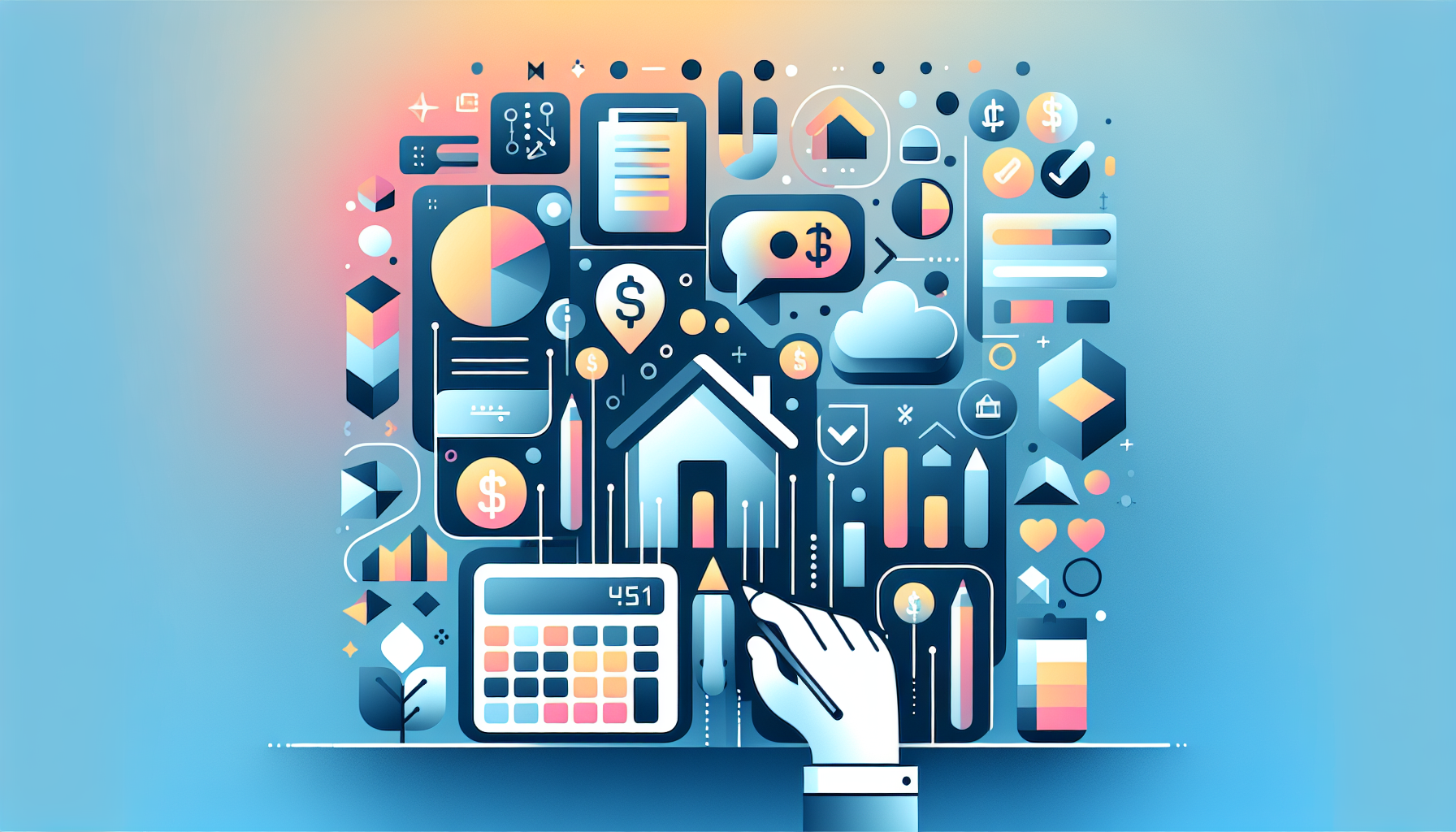Refinancing Your Home: When and Why
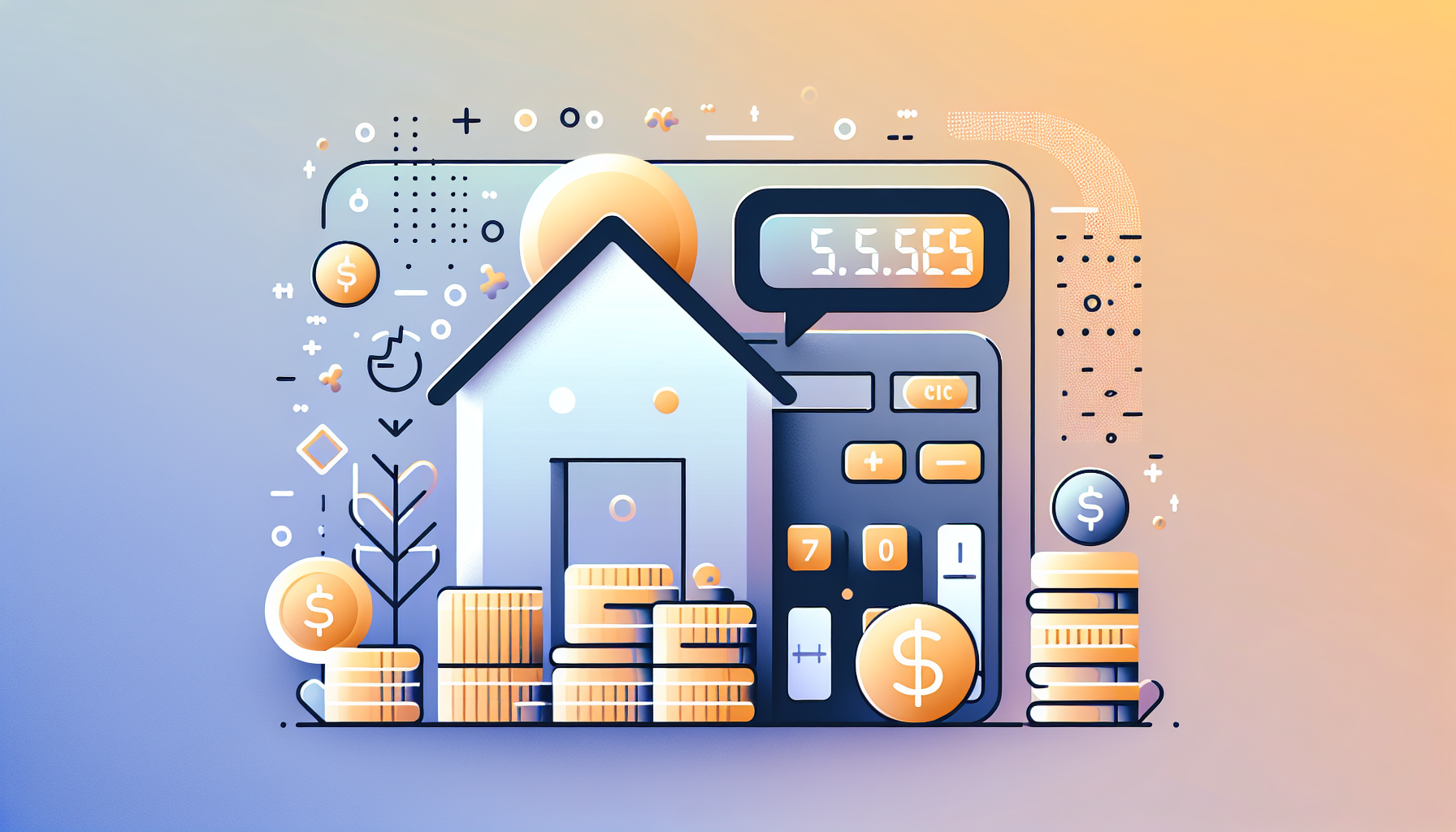
Navigating the World of Mortgage Refinancing
Refinancing your home can be a complex and daunting process, but it can also offer significant financial benefits. To make an informed decision, it's crucial to understand when and why refinancing might be the right choice for you.
Understanding the Basics of Mortgage Refinancing
Mortgage refinancing involves replacing your current mortgage with a new one, which can adjust the interest rate, loan term, or both. This process allows you to change your loan type and lender if necessary.
When to Consider Refinancing
Lower Interest Rates
One of the most compelling reasons to refinance is to take advantage of lower interest rates. If interest rates have dropped since you obtained your original mortgage, refinancing can help you lock in a lower rate, resulting in lower monthly payments and significant savings over the life of the loan. For example, if you refinance a $200,000 mortgage from a 4% interest rate to a 3.5% interest rate, you could save thousands of dollars in total interest paid.
Shortening Your Loan Term
Refinancing can also help you pay off your home loan faster. By switching from a 30-year loan to a 15-year or 20-year loan, you can reduce the total interest paid and gain more equity in your home sooner. This option is particularly beneficial if you've had your loan for several years and want to accelerate your payoff without significantly increasing your monthly payments.
Switching to a Fixed Rate
If you have an adjustable-rate mortgage (ARM) and the initial fixed term is about to expire, refinancing to a fixed-rate mortgage can provide stability and predictability in your monthly payments. This is especially advantageous in a rising interest rate environment, as it protects you from potential increases in your monthly mortgage payments.
Benefits of Refinancing
Lower Monthly Payments
Refinancing to the same term as your original mortgage but with a lower interest rate can lower your monthly payments. This can free up more of your budget for other financial goals or expenses. For instance, if you refinance a $200,000 mortgage from a 4% interest rate to a 3.5% interest rate, your monthly payment could decrease from $954 to $865.
Removing Private Mortgage Insurance (PMI)
If your loan-to-value (LTV) ratio has decreased below 80% due to increased home value or reduced loan amount, refinancing can help you remove PMI, saving you money on unnecessary premiums.
Accessing Home Equity
A cash-out refinance allows you to tap into your home's equity, providing funds for home improvements, debt consolidation, or other significant expenses. This can be a more cost-effective option compared to other financing methods like credit cards or personal loans.
Real-World Examples and Case Studies
Example 1: Lowering Interest Rates
Consider a homeowner who obtained a 30-year mortgage for $200,000 at a 4% interest rate. After two years, they refinance to a new 30-year mortgage at a 3.5% interest rate. This change results in a lower monthly payment and significant savings in total interest over the life of the loan. For instance, the homeowner would save $9,131 in total interest by refinancing to the lower rate.
Example 2: Shortening the Loan Term
A homeowner with 22 years remaining on their initial 30-year mortgage might refinance to a 15-year or 20-year mortgage. This would increase their monthly payments but allow them to pay off the loan faster and save on total interest paid. For example, switching from a 30-year to a 15-year mortgage could save thousands of dollars in interest and help the homeowner own their home free and clear sooner.
Calculating the Break-Even Point
Before refinancing, it's essential to calculate your break-even point, which is the time it takes to recover the costs associated with refinancing. These costs typically range between 2% and 5% of the loan amount. If you plan to sell your home before reaching this break-even point, refinancing might not be the best option.
How to Refinance Your Mortgage
Refinancing involves several steps, including:
- Assessing Your Financial Situation: Evaluate your current financial status, including your credit score, income, and other debts.
- Choosing a Lender: You can refinance with your current lender or explore other lenders to find the best terms.
- Applying for the Refinance: Submit your application, providing necessary documentation such as income proof, credit reports, and property valuation.
- Closing the Refinance: Complete the refinancing process by signing the new loan documents and paying the closing costs.
For a detailed guide on how to refinance your mortgage, you can visit resources like Bankrate or Rocket Mortgage.
Tools to Help You Decide
To make the most informed decision, you can use tools like the WP Ultimate Loan & Mortgage Calculator. This tool helps you compare different loan scenarios, calculate your break-even point, and understand the potential savings from refinancing.
Conclusion
Refinancing your home can be a powerful financial strategy, offering benefits such as lower interest rates, shorter loan terms, and access to home equity. By understanding when and why to refinance, you can make a decision that aligns with your financial goals. If you're considering refinancing, it's a good idea to consult with a financial advisor and use tools like the WP Ultimate Loan & Mortgage Calculator to guide your decision.
For more information on mortgage refinancing and to explore other financial tools, visit our main website or contact us directly through our contact page.
